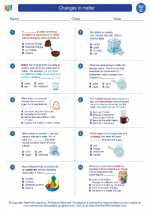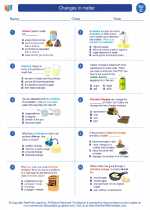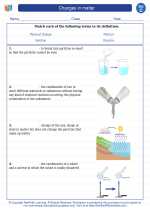Immune Modulation
Immune modulation refers to the process of altering or regulating the immune system's response. It involves either enhancing or suppressing the immune system to achieve a desired therapeutic outcome. This can be done through various means, including medications, natural compounds, and lifestyle changes.
How Does Immune Modulation Work?
Immune modulation works by targeting specific components of the immune system to either boost or dampen its activity. This can be achieved through the use of immunomodulatory drugs, which can either enhance the immune response to fight off infections or suppress the immune system to treat autoimmune diseases or prevent organ rejection in transplant patients.
Types of Immune Modulation
There are several approaches to immune modulation, including:
- Immunostimulants: These are substances that enhance the immune response, such as certain vaccines and adjuvants.
- Immunosuppressants: These are drugs that suppress the immune system, often used in the treatment of autoimmune diseases or to prevent rejection of transplanted organs.
- Biological Response Modifiers: These are naturally occurring substances or synthetic agents that can modify the body's response to infections, cancer, or other diseases.
- Therapeutic Antibodies: These are antibodies designed to target specific components of the immune system to either enhance or suppress its activity.
Applications of Immune Modulation
Immune modulation has a wide range of applications in the treatment of various health conditions, including:
Study Guide
Here are some key points to remember about immune modulation:
- Define immune modulation and explain its significance in healthcare.
- Describe the different types of immune modulation and their respective applications.
- Discuss the potential benefits and risks of immune modulation in the treatment of various health conditions.
- Explain the importance of immune modulation in the context of vaccination and immunotherapy.
Remember to review the mechanisms of action of specific immunomodulatory agents and their impact on the immune system's response in different disease scenarios.
.◂Science Worksheets and Study Guides Third Grade. Changes in matter

 Worksheet/Answer key
Worksheet/Answer key
 Worksheet/Answer key
Worksheet/Answer key
 Worksheet/Answer key
Worksheet/Answer key
 Vocabulary/Answer key
Vocabulary/Answer key
